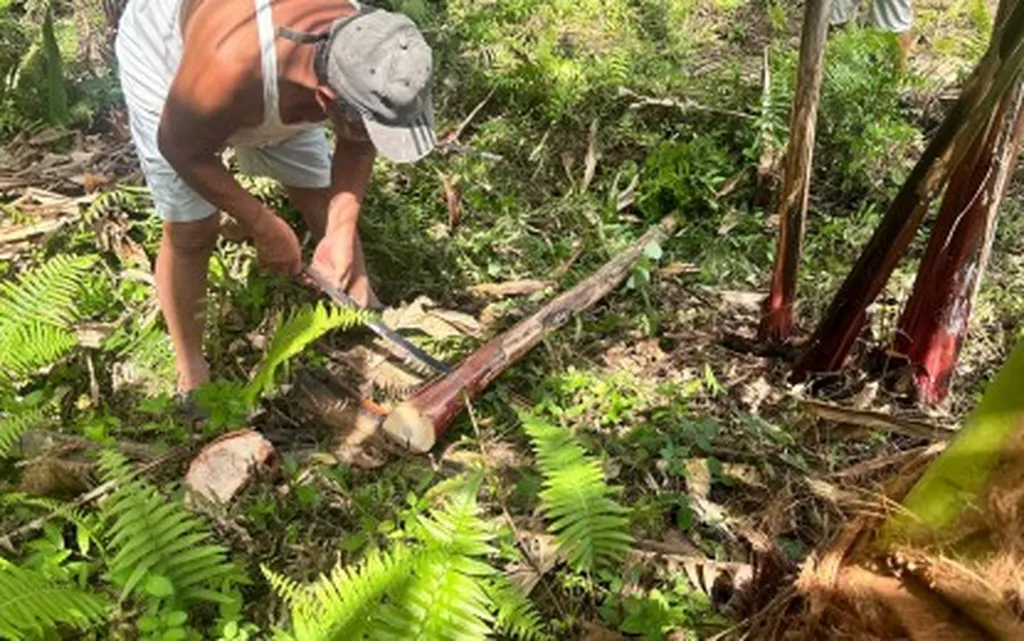In the lush, rolling landscapes of Leyte, Philippines, a silent crisis has been unfolding, one that threatens not just the local agriculture but also the global energy sector. The abaca bunchy top disease (ABTD) has been ravaging abaca farms, a crop whose fiber is a critical component in the production of high-quality, eco-friendly products, including those used in the energy sector. A recent study published in the *Annals of Tropical Research* (translated as *Annals of Tropical Studies*), led by Jedess Miladel N. Salomon of the National Abaca Research Center at Visayas State University, sheds light on the vulnerability of farm households to this devastating disease and offers insights that could shape future agricultural and energy policies.
Abaca, also known as Manila hemp, is a vital export commodity, with its fiber used in a wide range of applications, from tea bags to high-performance composites. Its strength, durability, and eco-friendliness make it an attractive material for the energy sector, particularly in the production of wind turbine blades and other components. However, the reliance on abaca as a primary livelihood has left farm households in Leyte vulnerable to the impacts of ABTD.
The study, which focused on Barangay Pinamonoan, an abaca-growing community, used the pressure and release (PAR) and access models by Blaikie et al (1994) and the sustainable livelihoods framework by Scoones (1998, 2009) to analyze the factors contributing to this vulnerability. Salomon and her team found that the high global demand for abaca fiber had led to a focus on increasing production, rather than ensuring the security of farm households’ livelihoods.
“While abaca production is profitable, sole reliance on this could prove disastrous in the event of a hazard,” Salomon explained. “Access to resources determined how farm households absorbed the shock and recovered from it. Households who had significant assets were able to shift to other crops or enterprises. Households with access to people with resources and who could provide assistance were also more likely to cope.”
The most affected in the village were the households who, even before the disease, had limited resources, both in terms of material assets and social support networks. This finding underscores the need for a more holistic approach to agricultural development, one that prioritizes the security and resilience of farm households.
The implications of this research extend beyond the Philippines and the agricultural sector. As the world shifts towards renewable energy, the demand for abaca fiber is expected to grow. However, this growth could be threatened by the vulnerability of farm households to crop diseases like ABTD. To ensure a steady supply of abaca fiber, it is crucial to invest in the resilience of farm households and the sustainability of abaca production.
This research could shape future developments in the field by highlighting the need for a more integrated approach to agricultural and energy policies. It calls for investments in the resilience of farm households, the diversification of livelihoods, and the sustainable management of abaca production. By doing so, we can ensure a steady supply of abaca fiber for the energy sector, while also improving the lives of farm households in Leyte and beyond.
As Salomon put it, “The goal is not just to increase production, but to ensure that farm households are resilient and can withstand shocks. This is not just about agriculture; it’s about the future of our energy sector and our planet.”

